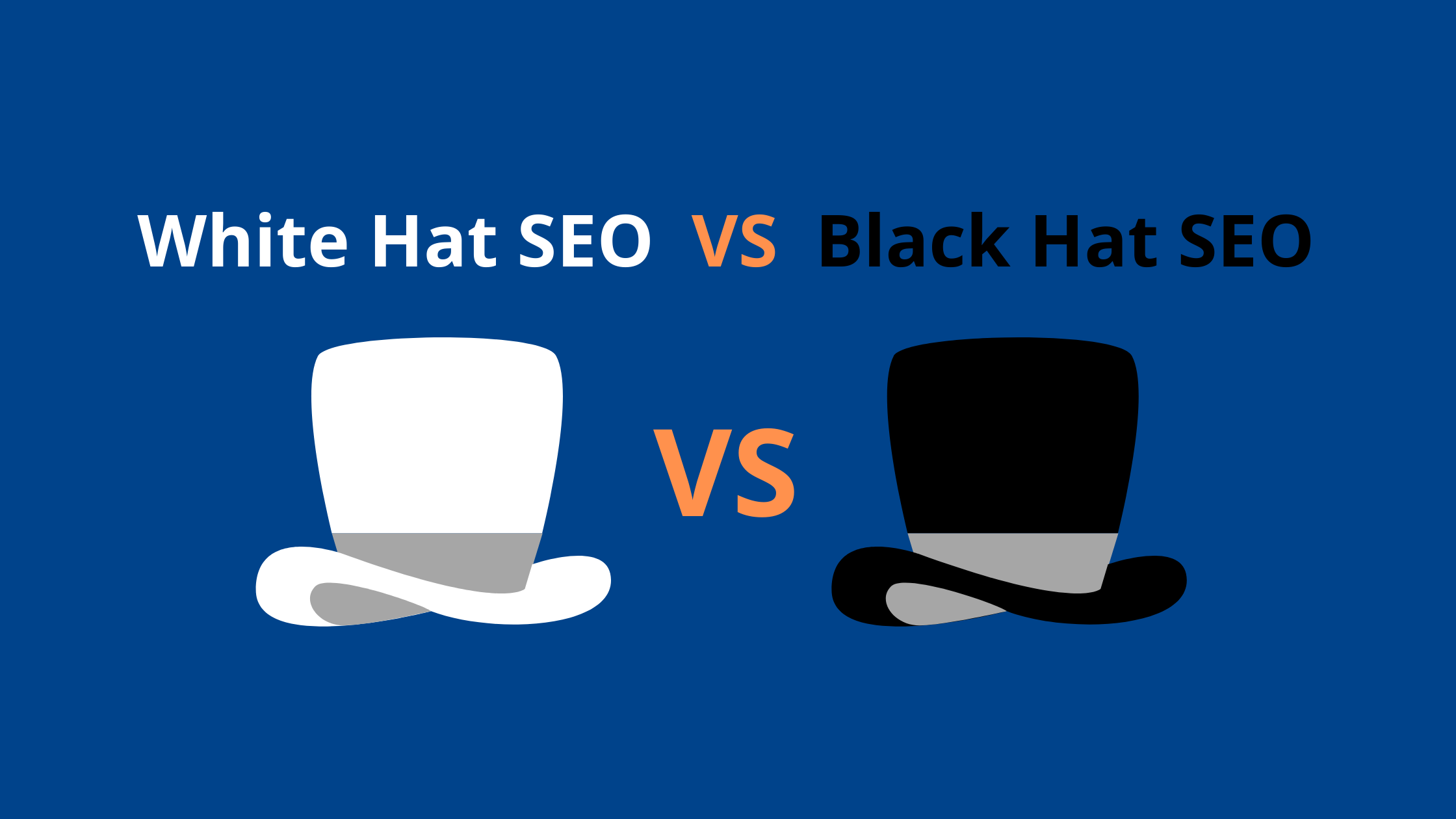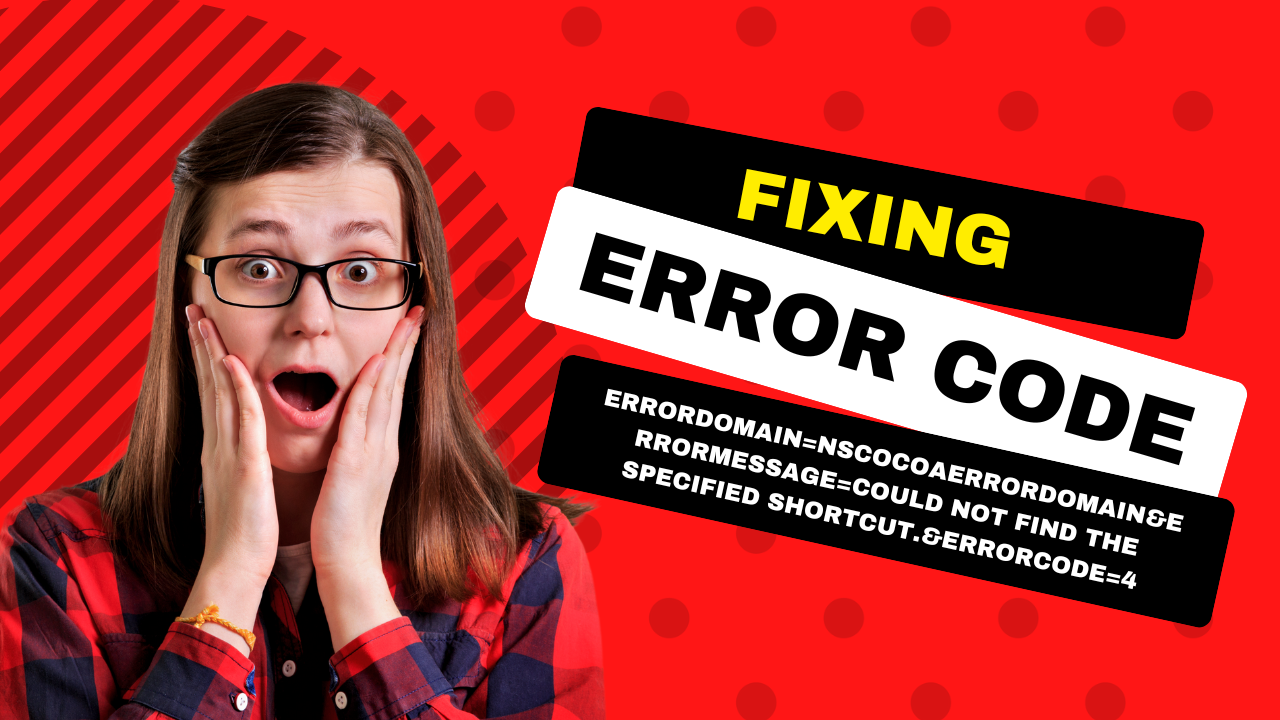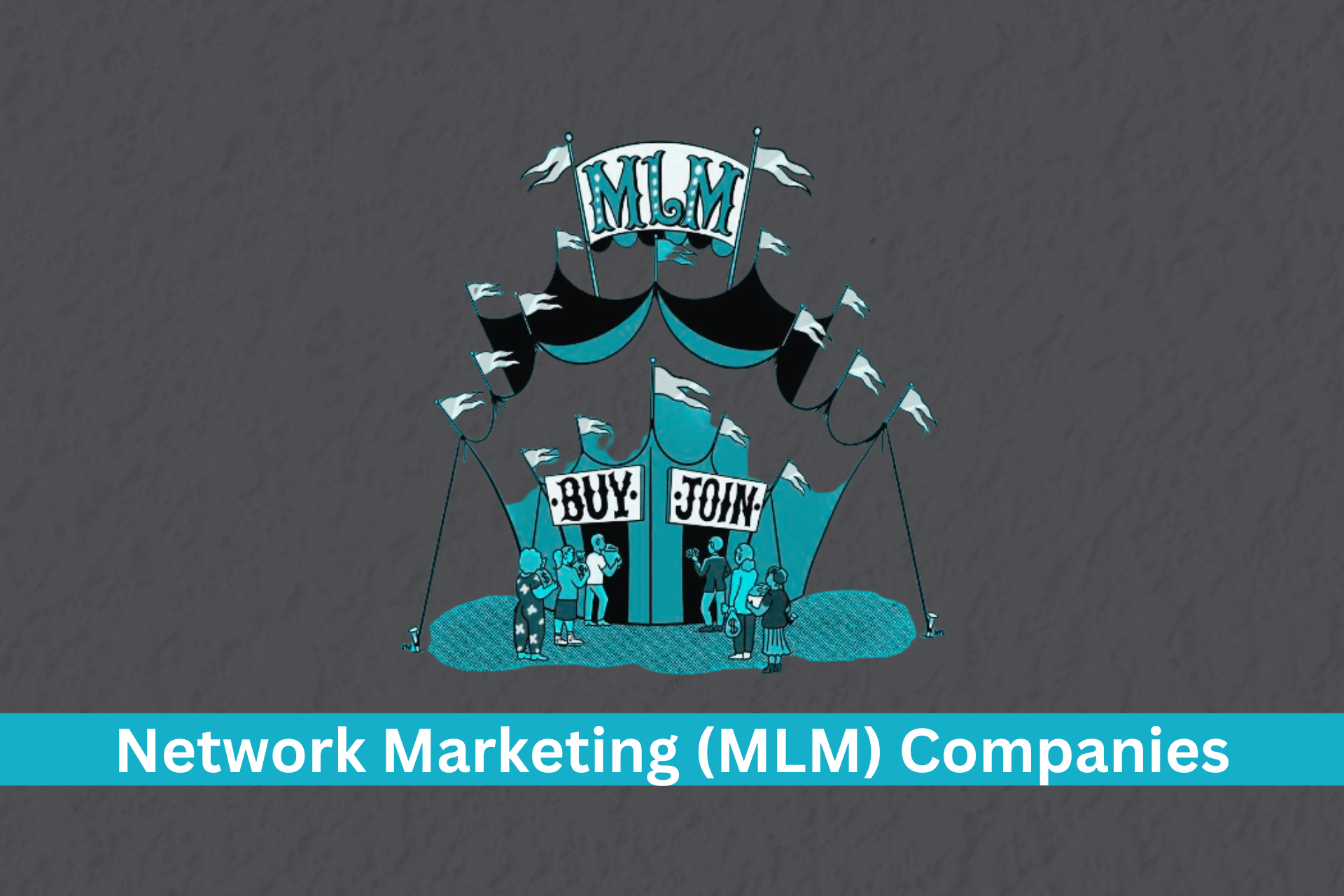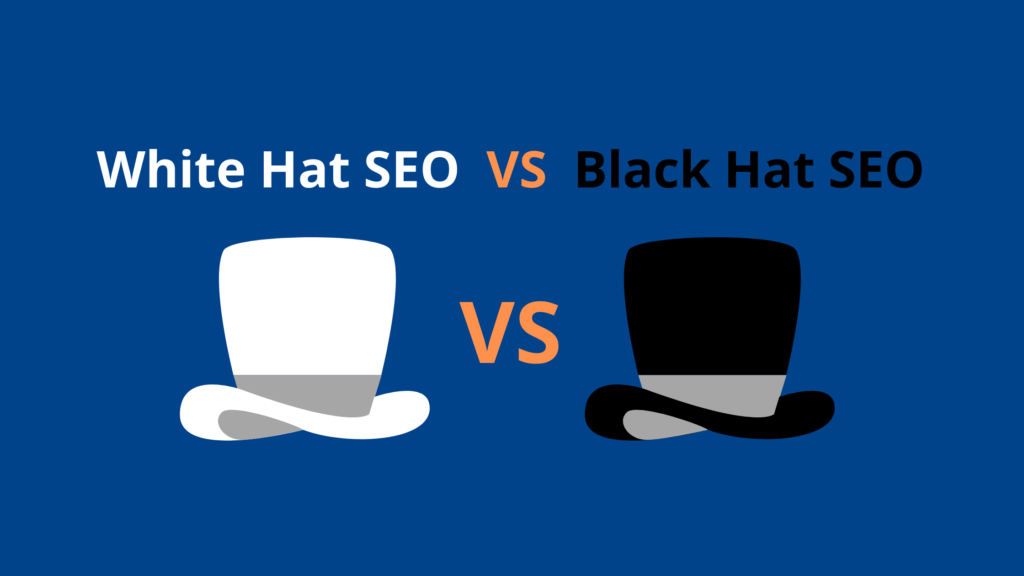
The concept of the black and white hat is derived from Western movies. In the early 19’s the villain wore black hats and the hero wore white hats. Some industries adopt this concept to explain the difference between the best and the worse. So SEO industry uses the same terminology and described as following:
- White Hat SEO
- Black Hat SEO
What is White Hat SEO?
Definition: Any SEO practices that help in improving your ranking on SERPs with the audience or user first approach but without breaking any rules and webmaster guidelines. Almost all search engines (like Google, and Bing, etc.) have their own rules and regulations. If your tactics and strategies are within these rules and regulations you don’t have to worry about any SEO penalty.
Best Practices for White Hat SEO:
Write for your target audience and if your business is considered in YMYL (Your Money or Your Life) space you must work on improving your website’s E-A-T (expertise, authoritativeness, and trustworthiness).
URL Structure
Keeping a clean URL structure can help both users and search bots to understand the content better.
Example of recommended URL structure: https://www.example.com/url-structure/
Example of non-recommended URL structure 1: https://www.example.com/url_structure/
Example of non-recommended URL structure 2: https://www.example.com/urlstructure/
Duplicate Content
Duplicate content is content that is duplicate within a website. Duplicate content can cause problems so you must avoid it because spammers can use it to trick search engines to get traffic. You can use noindex tag to control pages where duplicate content is present.
Outbound Link
Disclosing your link relation when adding outbound or external links can help search engine bots to understand the relation between your page and linked page. As per guidelines, you must use rel attribute for describing it.
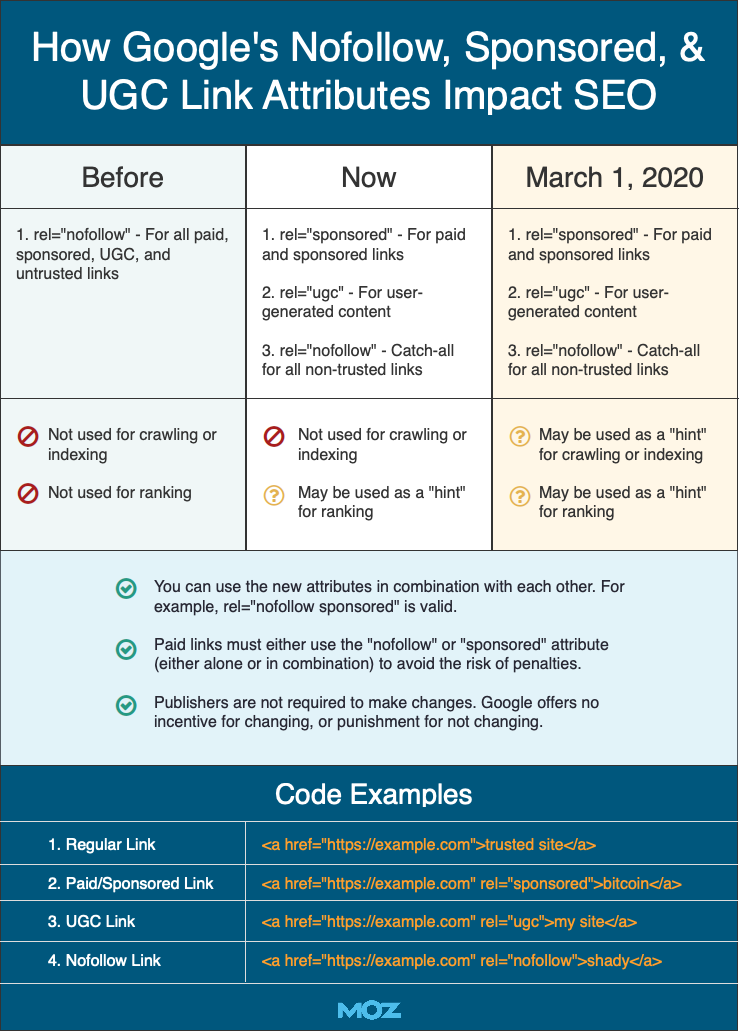
Examples of sponsored link attribute:
<a href=” https://www.example.com/” rel=”sponsored”>bitcoin</a>
Examples of UGC (user-generated content) link attribute:
<a href=” https://www.example.com/” rel=”ugc”>visit my site</a>
Examples of nofollow link attribute:
<a href=” https://www.example.com/” rel=”nofollow”>shady</a>
What is Black Hat SEO?
Definition: Any SEO practices that are used to improve your ranking on SERPs without thinking about the audience but only to influence ranking. These SEO strategies violating the rules and regulations (guidelines) set by search engines. Breaking these rules may lead to manual actions or automated (AKA algorithmic) penalties.
You must be avoiding following Black Hat SEO Practices:
Do not participate in link schemes like Buying or selling links without using link attribution to influence rankings, excessive link exchanges, and large-scale low-quality article marketing with keyword-rich anchor text.
Automatically Generated Content
Do not use any software and tool to create auto-generated content.
Low-Quality content
Do not use already published content without adding substantial values to it.
Avoid Sneaky redirects
These involve redirecting users towards a page that is not requested by the users and the purpose of the redirect is not satisfying the use but tricking the search engines.
Avoid Cloaking
Showing different content to search engine bot than the user actually received after clicking on the link showing in the SERPs called cloaking.
Hidden Text and Links
Hiding text and links is considered a black hat SEO practice so make sure you do not perform such action intentionally.
Doorway Pages
Doorway pages are the pages that are used to rank for a specific keyword without thinking about the user (providing low value to users) and the purpose of these pages is to send users to another bottom of the funnel page.
Affiliated Content Spam
Some affiliated websites using the same content as providing on the original websites end up providing no values to users and google considers it as low-value content. Google product review update which is released to make sure that only quality content can rank for product review search keywords.
Keyword Stuffing
Adding keywords unnaturally in the content called keyword stuffing and over the period of time google is pretty good to handle such spam.
Conslution
The primary aim should be the focuses on the users/audience because google is also have the same goal. If you will optimise content, and websites for users it will automatically be optimised for the search engines(for most the part), so keep going on the right path instead of trying sneaky ways.

The Search Engine Cage team is on a mission to educate entrepreneurs. We make things easier for the small business owner, by writing articles that help them to understand SEO and Digital Marketing.

